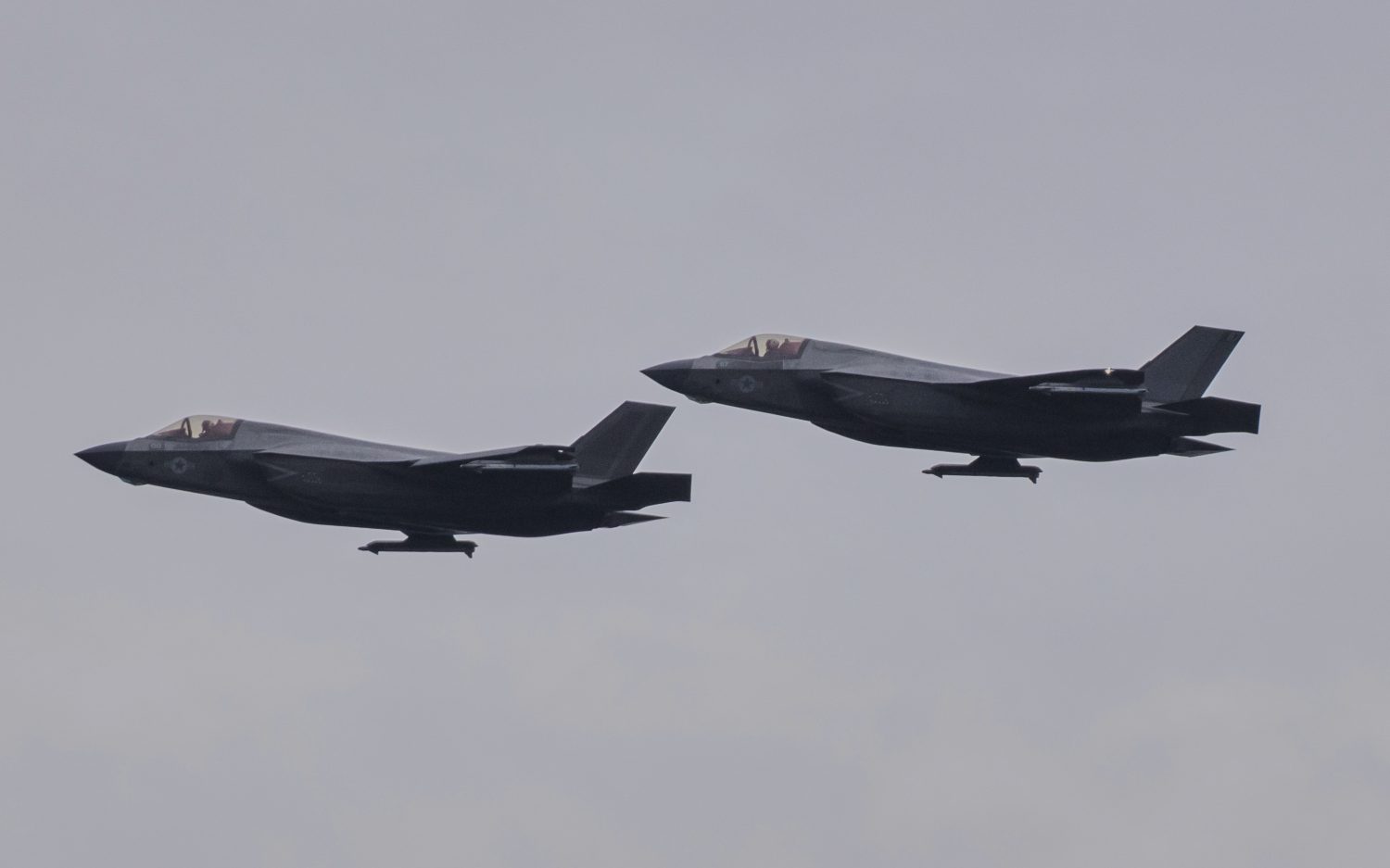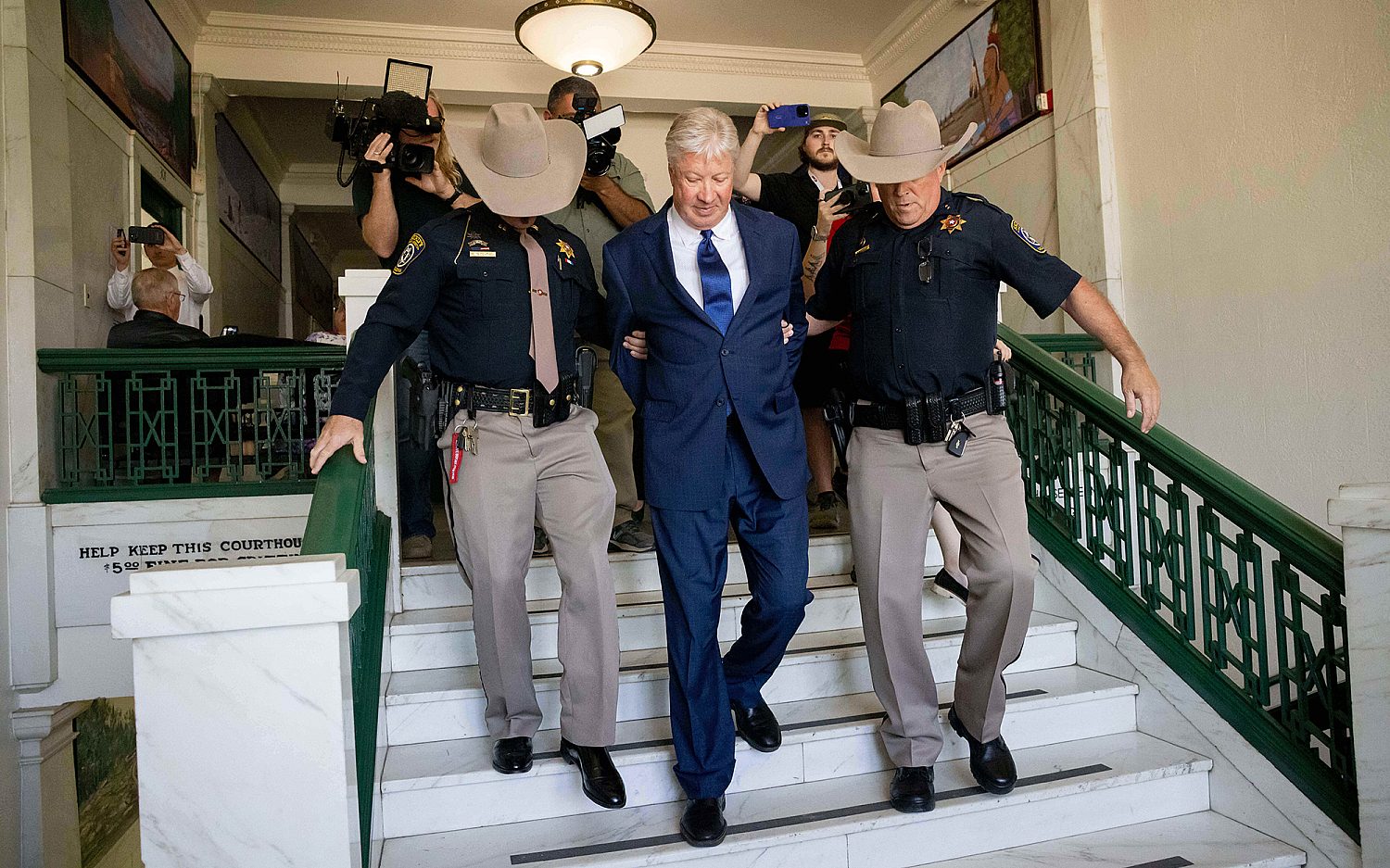American Airlines-US Airways marriage gets FAA blessing
American Airlines and US Airways are celebrating the final step in their $11 billion merger deal. The milestone came last week when the Federal Aviation Administration (FAA) granted the airlines a certificate to operate as a single carrier—the world’s biggest airline.
Starting in the fall, American Airlines Group Inc. can combine the two airlines’ work forces, websites, and reservation systems. But as usual with mergers, passengers won’t be aware of all the changes right away, and the parent company will operate two airlines for a few years while integrating and repainting planes in American’s colors and logo.
Passengers most care about how the frequent flier mile programs will pan out, and the new company has already combined the two programs. “[A]ny mileage balance or elite status you have earned in either frequent flyer program is completely safe,” US Airways officials said in a statement reassuring its flying faithful.
Despite smooth skies now, the new company passed through a lot of turbulence to arrive at the merger. In November 2011, American Airlines filed bankruptcy, saying its pension plan was no longer affordable. The plan was underfunded by around $10 billion. After reorganization, the company emerged from bankruptcy in December 2013 when a Washington, D.C., court ruling allowed it to merge with US Airways. The ruling was the climax of an anti-trust lawsuit filed earlier that year by the Department of Justice along with attorneys general from six states and the District of Columbia—including the airlines’ home states of Texas and Arizona.
The crux of the lawsuit was airline competition and capacity: The DOJ said it aimed to “preserve the existing head-to-head competition” on thousands of air routes. It only appeared possible if the carriers operated as separately owned companies. The plaintiffs also voiced concern over the looming possibility of seat capacity reduction, which normally means higher fares for passengers. But US Airways and American Airlines only overlapped on 12 routes out of a total of 900, US Airways CEO Doug Parker said.
This makes US Airways’ sixth merger since 1967, and the new company will control about 25 percent of the nation’s total airline seats. United, Delta, and Southwest round out the competition as the country’s other three major carriers.
Reactions to the merger from airline personnel has varied. The flight attendants union largely cheered the unification and terms negotiated with the new company. Prior to the 2013 lawsuit, the Dallas Morning News attributed the merger’s viability thus far to labor: “The unions quietly lobbied the officials and sold the whole package, from creating the world’s largest airline to boosting traffic at Dallas/Fort Worth Airport. And for nearly a year, union leaders championed the deal with the public and their members.”
More recently, five of U.S. Airways workers’ unions dealt with post-merger complaints over the issues of job security, seniority, parity of compensation, benefits, and working conditions in the new American Airlines, which is headquartered in Dallas-Fort Worth.
And not all air passengers are on cloud nine over the merger: “Not sure of benefits of the AA & USAir merger. Prices are higher and can’t use miles on nonstop flight,” @cgmartin21 tweeted April 20.
And another common backlash: “Biggest isn’t always best” tweeted @lesamitchell on March 1.
The Associated Press contributed to this report.
An actual newsletter worth subscribing to instead of just a collection of links. —Adam
Sign up to receive The Sift email newsletter each weekday morning for the latest headlines from WORLD’s breaking news team.




Please wait while we load the latest comments...
Comments
Please register, subscribe, or log in to comment on this article.